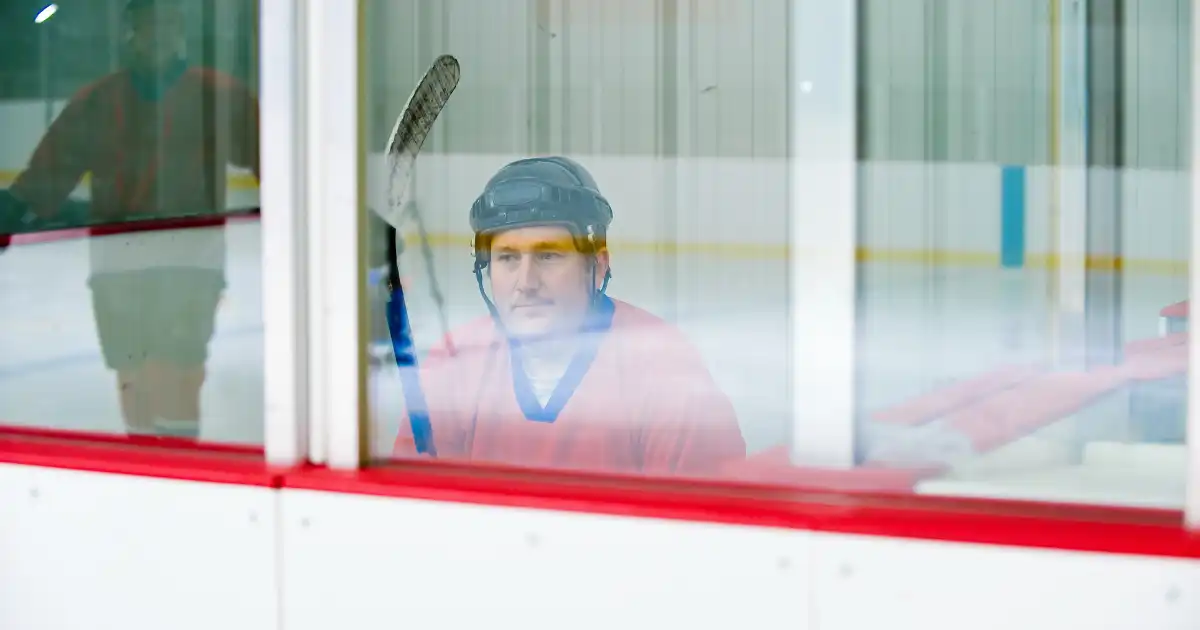In hockey, physicality is part of the game—but there are limits. One rule designed to control aggression is the instigator penalty. Unlike regular fighting penalties, this one specifically targets the player who initiates a fight, especially if it’s premeditated or clearly one-sided. The instigator penalty serves to prevent players from abusing the physical nature of the sport by ensuring there are consequences for starting trouble.
The Role of the Instigator Penalty in Game Control
The instigator penalty exists to preserve the flow of the game and ensure player safety. Hockey thrives on intensity, but unprovoked or unnecessary fights can disrupt momentum, injure players, and lead to escalating violence. That’s why referees assess this penalty to the player who deliberately initiates a confrontation—especially if their opponent was unwilling or caught off-guard.
This rule plays a key role in discouraging retaliatory behavior. If a player feels slighted and chooses to take matters into their own hands instead of letting the referees handle it, they risk getting slapped with the instigator tag.
How the Instigator Penalty Works
Here’s how it typically plays out: when two players drop the gloves, referees evaluate not just who threw the first punch but also who initiated the conflict. If one player clearly targeted another with intent to fight—especially if they skate a long way to make contact or remove their gloves first—they’re likely to receive an instigator penalty.
The standard consequences for this infraction include:
• 2-minute minor for instigating
• 5-minute major for fighting
• 10-minute misconduct
That’s a total of 17 minutes off the ice—and a whole lot of shorthanded time for your team if penalties don’t offset.
Strategic Fallout of an Instigator Penalty
From a tactical standpoint, getting hit with an instigator penalty can be a disaster. Your team loses a key player for nearly an entire period, potentially giving the opposition a power play. In tight games, that swing can shift momentum fast and lead to costly goals against.
Coaches often emphasize discipline and situational awareness to avoid these penalties. It’s one thing to stand up for a teammate—it’s another to leave your team vulnerable because you couldn’t hold back.
Enforcer Culture and the Modern Shift
Historically, hockey had a “code.” Enforcers—players tasked with protecting teammates—were expected to drop the gloves when needed. While this culture still exists, the NHL and other leagues have increasingly cracked down on excessive fighting and unsanctioned aggression. The instigator penalty has become one of the tools used to shift the game toward speed, skill, and structure.
This evolution doesn’t mean toughness is gone from the game—it’s just more measured now. Players who still believe in old-school retaliation have to be extra cautious or risk sitting for nearly 20 minutes.
Key Factors That Lead to an Instigator Call
Officials don’t hand out instigator penalties lightly. They typically look for clear signs that one player was solely responsible for starting a fight. This includes:
• Skating a significant distance to confront another player
• Throwing the first punch without warning
• Forcing an unwilling opponent to engage
• Removing gloves or helmet first
• Going after a player who isn’t physically equal (e.g., a star forward or smaller player)
If the refs believe a player checked all those boxes, expect the instigator penalty to come down hard.
Can an Instigator Penalty Be Rescinded?
Yes, in rare cases. After reviewing game footage, the NHL’s Department of Player Safety can downgrade or remove an instigator penalty if they determine it was issued in error. Still, most calls stand, especially when a player’s actions clearly violate the guidelines.
It’s also worth noting that accumulating too many instigator penalties can lead to suspensions or fines, making it critical for players to control their impulses on the ice.
The Bigger Message: Play Hard, Not Reckless
The instigator penalty isn’t just a rule—it’s a message. The league wants players to compete fiercely, but not recklessly. You can finish checks, defend teammates, and bring grit without crossing the line. Smart players know when to engage and when to walk away, trusting their skill over brute force.
At the end of the day, the best way to win respect—and games—is by staying on the ice, not in the box.
🏒🔥 #HockeyIQ #InstigatorPenalty #PlaySmartStayOuttaTheBox

